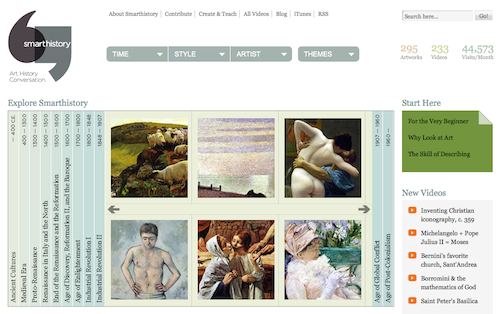With more and more books digitalized, with Kindles, iPads and audio-books, will printed books become an endangered species? Not if you turn the idea the other way round: How can printed books benefit from the internet and its networking features?
One idea is Ubimark Books that links paper books, such as “Around the World in 80 Days” to the web. This happens rather seemlessly through 2D code. Have a look:
httpv://www.youtube.com/watch?v=OE5Ch4NnVu0
Another brilliant idea is BookRenter. The service enables students to save money by loaning textbooks for a fixed duration, usually a semester. The system is simple: a student searches for a book on the website using a title or ISBN, and places an order by selecting a rental period and delivery option. The books are delivered complete with return UPS labels for easy shipping.

The bookstores at the University of Texas at Austin, the North Carolina State University, the University of Memphis, the City College of San Francisco, and the University of San Diego already offer a textbook rental store on the BookRenter platform. Alternative book rental services are provided by Chegg and Barnes and Noble.
(Thx @techcrunch and @swissmiss)

